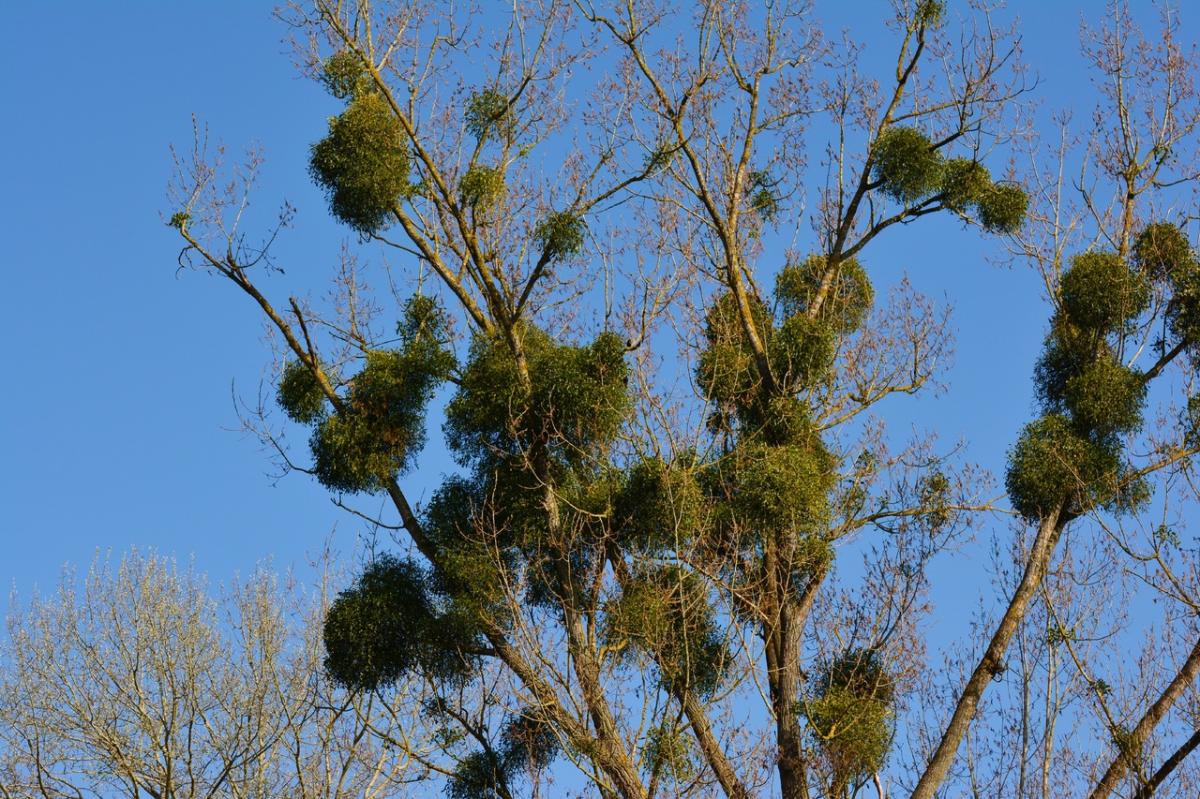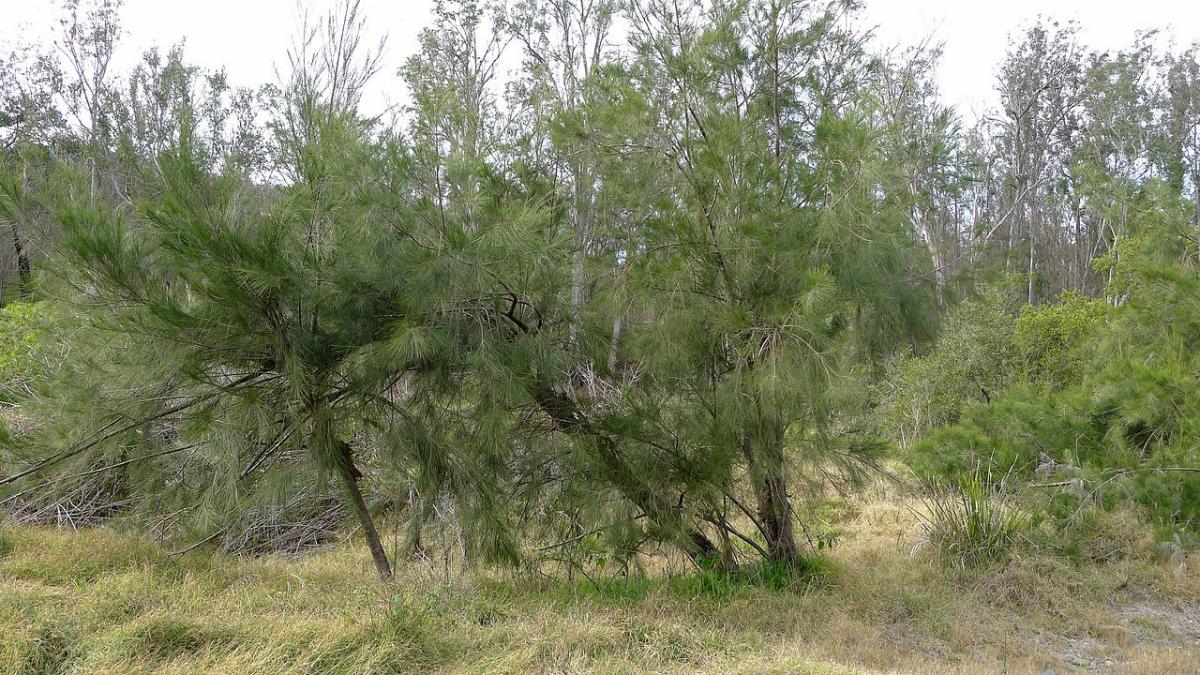
There are a number of plants that are really curious. In order to stay alive, they manage to go unnoticed. And they do it so well, that when you see them it can be difficult to differentiate them from those that grow around them.
The question is, how is that possible? Well, although the answer is still not clear, scientists already have some idea of it: and it is that certainly, there are plants that disguise themselves.
Mistletoe

Image - Wikimedia / John Tann // Casuarina cunninghamiana in their natural habitat in Australia.
Let's start with one that we see especially at Christmas and that many use to decorate: the mistletoe. This is the name given to a series of parasitic plants, such as the Viscum album that grows in Europe, or the Phoradendron leucarpum which is from America. But if there are some that have an incredible costume, they are the Australian varieties, such as the amyema cambagei or the Dendrophthora homoplastica.
What is special about them? Well, they are capable of producing the same leaves as the tree they parasitize, according to this study published in Wiley Online Library. And I'm not just referring to the size or color, but also the shape and layout. For example, Amyema imitates the leaves of the Casuarina cunninghamiana, while the Dendrophthora makes it of those of the Eucalyptus shirleyi. But what do they get out of this? Avoid being eaten, of course. Without a doubt, they have a very unique strategy.
Trifoliolate nozzle

Image - Wikimedia / scott.zona
Another example of a plant disguising itself as another plant is the Trifoliate nozzle. This is an evergreen vine native to Chile and Argentina. It is known as South American liana, and its stems are used to make baskets. In addition, its fruits are edible, making it an ideal species for cultivation, since it also withstands cold and weak frosts.
The problem with this plant, and in fact all vines, is that when it grows on a tree trunk, it can be eaten by any herbivorous animal, especially the weevils who are your main enemies. Therefore, to ensure their survival it is capable of imitating the species on which it grows, even though its stems are not parasites and therefore, they only develop on the stems, without stealing nutrients from them. But a study shows that certain volatile compounds emitted by plants that act as hosts, and based on this information, imitate them.
Grasses

Grasses are often considered weeds, but there are many that are of great economic importance, such as rice or rye. These can also surprise us, and a lot.
If we talk about rice, it is interesting to know that in India agronomists developed a variety of purple leaves in order to distinguish them from others that are less productive. But they lost control of the experiment when hybridized with each other, giving rise to a new species of rice similar in color but lacking in interest.
On the other hand, rye can blend in with other grasses, like wheat. In fact, early farmers must have often gotten confused when they grew both plants, since wheat has been (and is grown) far more than rye since the beginning of agriculture. So if the latter wants to survive, it has to imitate rice plants.
White nettle

The white nettle, whose scientific name is lamium album, is a plant that has almost all the characteristics of the common nettle (its gender is Urtica). It is very, very difficult to differentiate them with the naked eye, and since we all know that nettle can do a lot of damage, there is not a single animal that dares to consume it.
So the lamium album, whenever it grows near nettles, its survival is more than assured. And without the need to spend energy to produce stinging spines.
As you can see, there are a few plants that disguise themselves as plants in very curious ways. Do you know of others that do too?